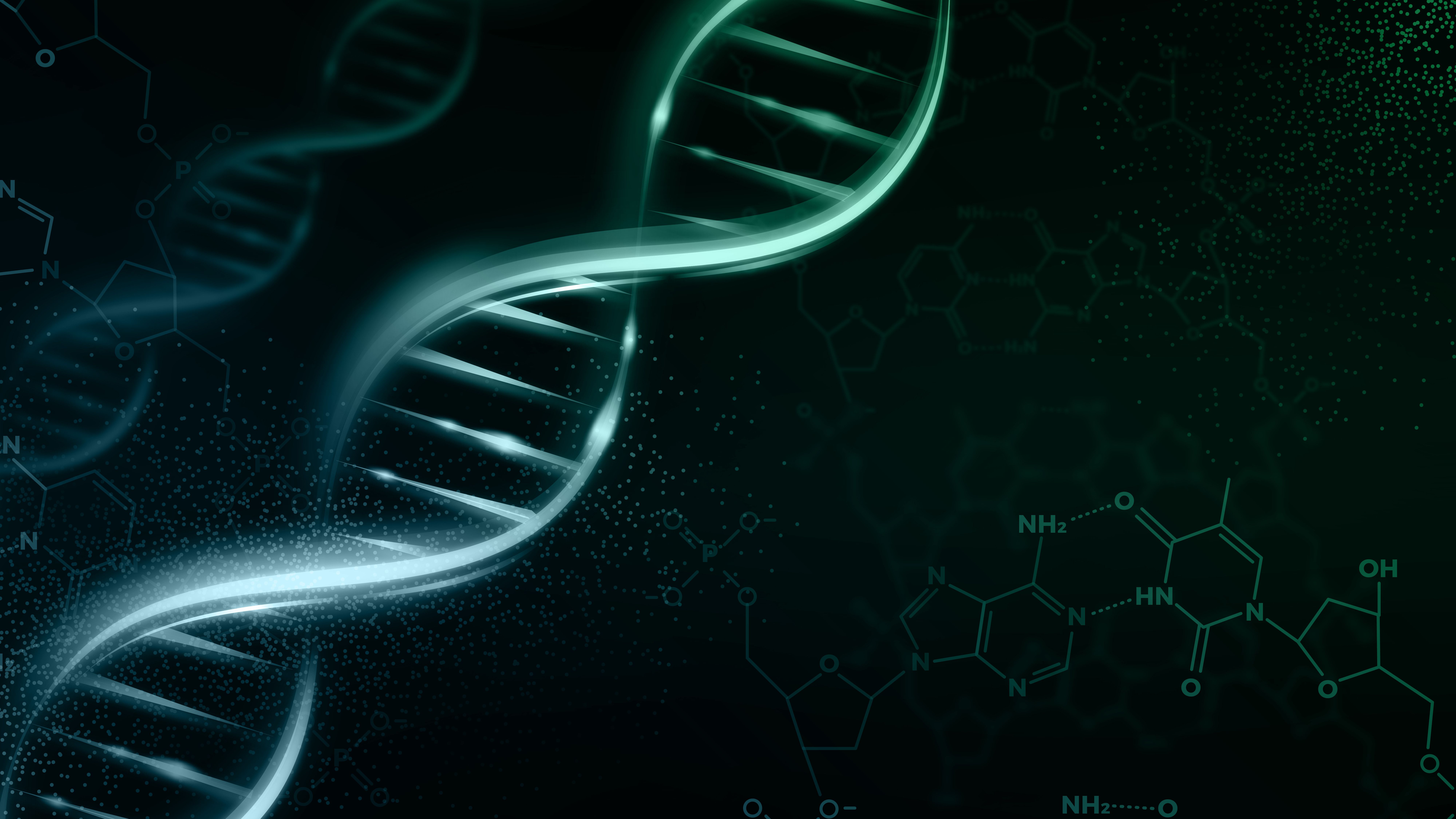Article Highlights
- The study focuses on exploring the behavior of thiosuccinimide linkers in bioconjugates, particularly emphasizing their susceptibility to hydrolysis under different pH conditions.
- Researchers synthesized four cross-linked peptides with thiosuccinimide linkers and observed their transformation into hydrolyzed or isobaric thiazine forms when exposed to neutral or basic pH environments.
- Utilizing advanced mass spectrometry techniques such as MALDI-MS and MALDI-MS/MS, the study differentiated between the various forms of thiosuccinimide linkers, revealing distinct fragmentation patterns and characteristic 1,4-elimination features.
- The findings offer valuable insights into the molecular transformations of thiosuccinimide linkers, essential for designing more stable and effective bioconjugates for targeted drug delivery, diagnostics, and other therapeutic interventions, thereby advancing biomedical applications in drug development and beyond.
Bioconjugates contain a covalent link between two molecules, with one of them being a biomolecule. A biomolecule is defined as a molecule that is produced by a living organism that is essential to a biological process (1). An example of a biological process that a biomolecule could be involved in would include morphogenesis and cell division (1).
A recent study explored bioconjugates in more depth. In a collaborative research effort, researchers at the Center for Genetic Engineering and Biotechnology in Havana, Cuba, and Osaka University, led by Luis Javier Gonzalez and Toshifumi Takao, have made discoveries on the intricate transformations of thiosuccinimide linkers in bioconjugates (2). Their findings, published in the journal Rapid Communications in Mass Spectrometry, provide valuable insights into the behavior of these linkers under varying pH conditions (2).
The study examined the synthesis of bioconjugates by examining the thiosuccinimide linker. The thiosuccinimide linker is a key component in the synthesis of bioconjugates, yet its susceptibility to hydrolysis poses a challenge (2). When exposed to neutral or basic pH environments, the linker undergoes transformation into hydrolyzed or isobaric thiazine forms, or both. This process is particularly common in conjugates containing cysteinyl peptides (2).
In their study, the researchers sought to understand these molecular transformations better. To accomplish this objective, the research team synthesized four cross-linked peptides with thiosuccinimide linkers (2). Subsequently, analogs with transformed linkers were generated through incubation at different pH levels. All peptides underwent purification using reversed-phase high-performance liquid chromatography (RP-HPLC) before being subjected to various mass spectrometry (MS) techniques (2).
Matrix-assisted laser desorption/ionization–MS (MALDI-MS) and matrix-assisted laser desorption/ionization–tandem MS (MALDI-MS/MS) played pivotal roles in differentiating the isobaric species (2). The thiosuccinimide form exhibited distinct fragmentation patterns, with reductive cleavage yielding two constituent peptides, while the thiazine form showed no fragment ions (2). Moreover, MALDI-MS/MS of the thiosuccinimide form revealed pairs of complementary fragment ions via 1,4-elimination, distinguishing it from the thiazine form.
The researchers also discovered in their study that only the thiosuccinimide form yielded individual constituent peptides, which indicates a specific 1,4-elimination characteristic of this form (2). Conversely, the thiazine form resulted in fragment ions from the cleavage of the newly formed amide bond in the linker.
As a result, the research team discovered and learned new information about the behavior of thiosuccinimide linkers in bioconjugates, paving the way for improved understanding and manipulation of these compounds in various biomedical applications (2). Understanding the precise molecular transformations of these linkers is essential for designing more stable and effective bioconjugates for targeted drug delivery, diagnostics, and other therapeutic interventions.
With MS techniques continuing to advance, further exploration of molecular transformations in bioconjugates promises to uncover new opportunities for enhancing their efficacy and applicability in biomedicine.
This article was written with the help of artificial intelligence and has been edited to ensure accuracy and clarity. You can read more about our policy for using AI here.
References
(1) Bunge, M. Treatise on Basic Philosophy, vol. 4. Ontology II: A World of Systems; 1979. pp 61–62. https://philpapers.org/rec/BUNTOB-7 (accessed 2024-03-18).
(2) Gonzalez, L. J.; Pousa, S.; Hojo, H.; et al. Differentiation of Isobaric Cross-linked Peptides Prepared via Maleimide Chemistry Using MALDI-MS and MS/MS. Rapid Commun. Mass Spectrom. 2023, ASAP. DOI: 10.1002/rcm.9660







